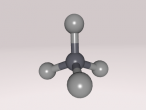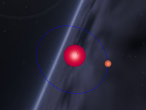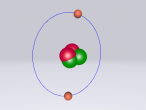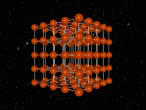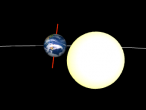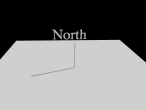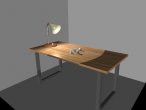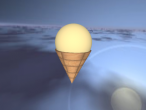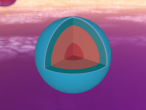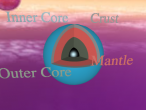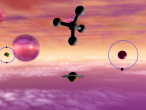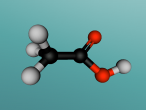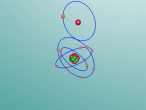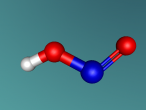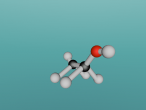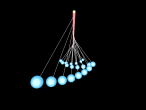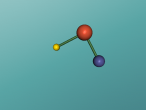Potassium Hydroxide Molecule by Patrick Schachtner
Potassium Hydroxide
By Patrick Schachtner
Atoms are the building blocks of everything. Atoms can be divided into 118 different elements. Potassium Hydroxide (KOH) is a combination of the elements of potassium, hydrogen and oxygen. Potassium Hydroxide, more commonly known as caustic potash, is a corrosive oxidiser which is found when sodium hydroxide (NaOH) reacts with potassium. It is mainly used as a fertiliser because of its water retaining properties. Potassium hydroxide is a common substance with many sources found around the world.
Potassium hydroxide is a chemical compound that consists of one potassium atom, one oxygen atom and one hydrogen atom. The chemical symbols for these are K, O and H respectively, therefore the chemical formula being KOH. Potassium hydroxide has a mass of 56.1056u. Uses for potassium hydroxide are fertilisers and
Potassium the 19th element of the periodic table and is mostly found in bananas and as metal underground as it belongs to the Alkali Metals group in the periodic table. Potassium has a mass of 39.0983u. It has 19 electrons, protons and neutrons and was discovered in 1807. Potassium is mostly used in compounds but is also a nutrient to the human body.
Oxygen is the 8th element of the periodic table and can be found almost anywhere in abundant quantities. Oxygen is what we need to survive, and what water and the air is made of. Oxygen has a mass of 15.9994u and is used as an oxidising agent.
Hydrogen is the 1st element of the periodic table and is also available in abundant quantities. It is mostly found in the air and water around us, mostly combined with other atoms or compounds. It is also a building block of water as the compound for water is H2O, meaning that 2 out of 3 parts of water consist of hydrogen. Hydrogen has a mass of 1.00794u
Potassium hydroxide has a high relevance to sodium hydroxide which I would like to further investigate. I could find out more about sodium hydroxide on this website http://sodiumhydroxide.weebly.com . I have some questions about how to improve my vrmath skills to make my programming better and more efficient and faster.
There were many difficulties in the programming and interesting ideas. The concept of how vrmath works is a very interesting idea as well as the programming aspect to it. The programming was relatively easy to get a hang of, however when I wanted the program to do specific things, then it got much harder. The programming was also very time consuming.
My 3D model consists of three balls and two cylinders. The balls are to represent the atoms and the cylinders are to represent the chemical bonds between them. The yellow ball is the hydrogen (H) atom, being the first element of the periodic table, it is also the smallest as it only has 1 electron shell containing one electron. This is why it is the smallest ball in the 3D diagram. The orange ball is to represent the potassium (K) atom. As the potassium atom is the largest atom in the molecules, it is the largest ball. The blue ball is to represent the oxygen (O) atom. The blue ball is the second largest as it sits between the others for largeness.
- pscha10's blog
- Login or register to post comments
- 6967 reads

